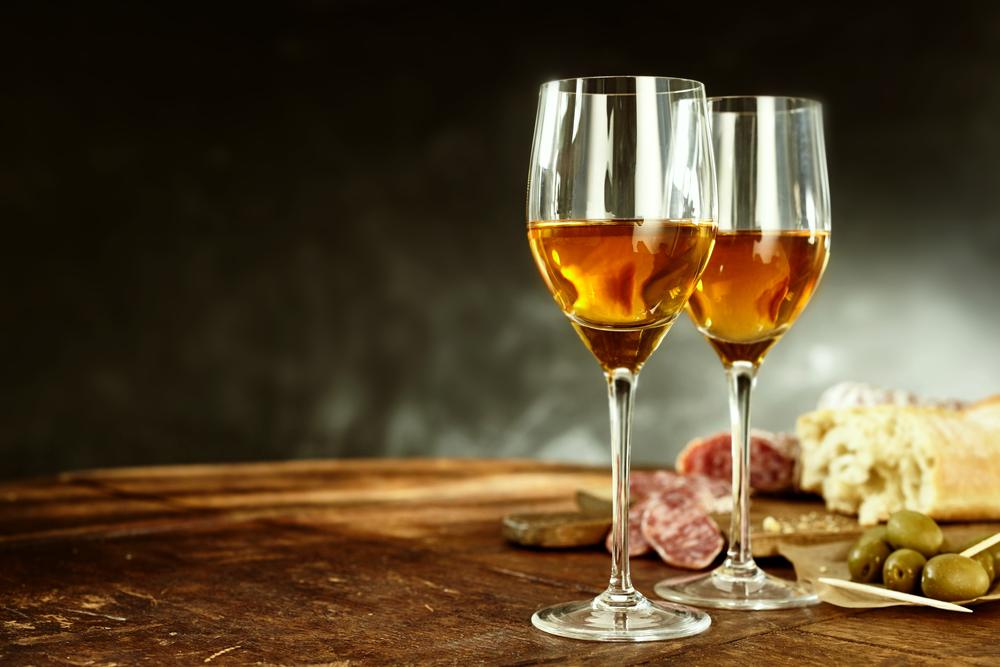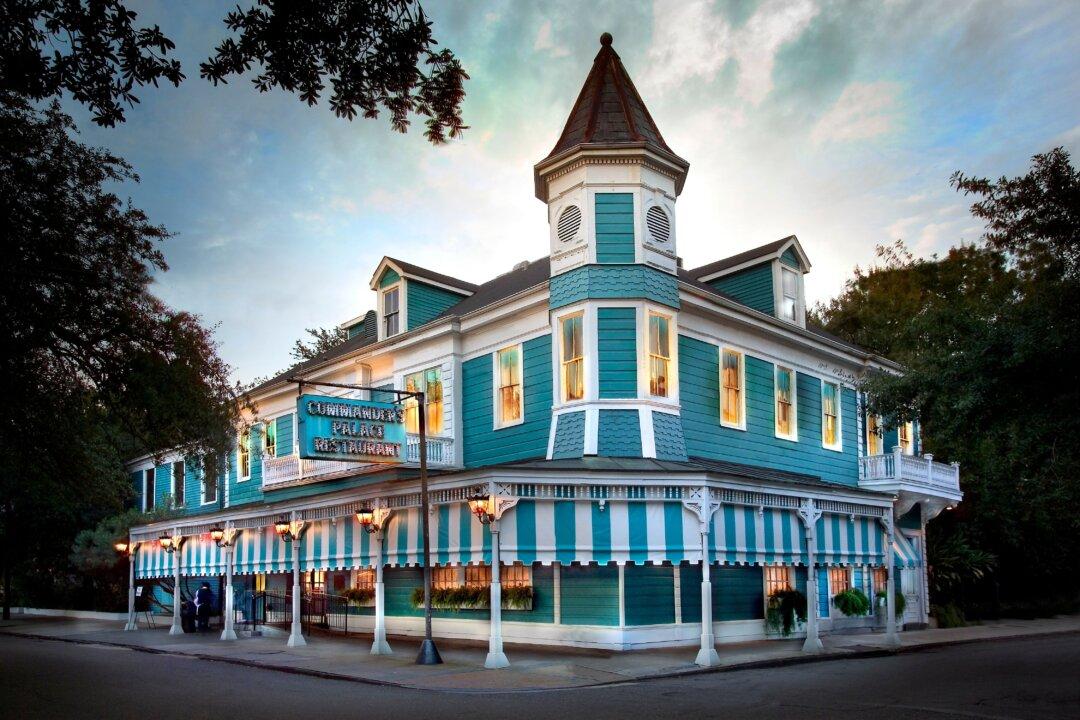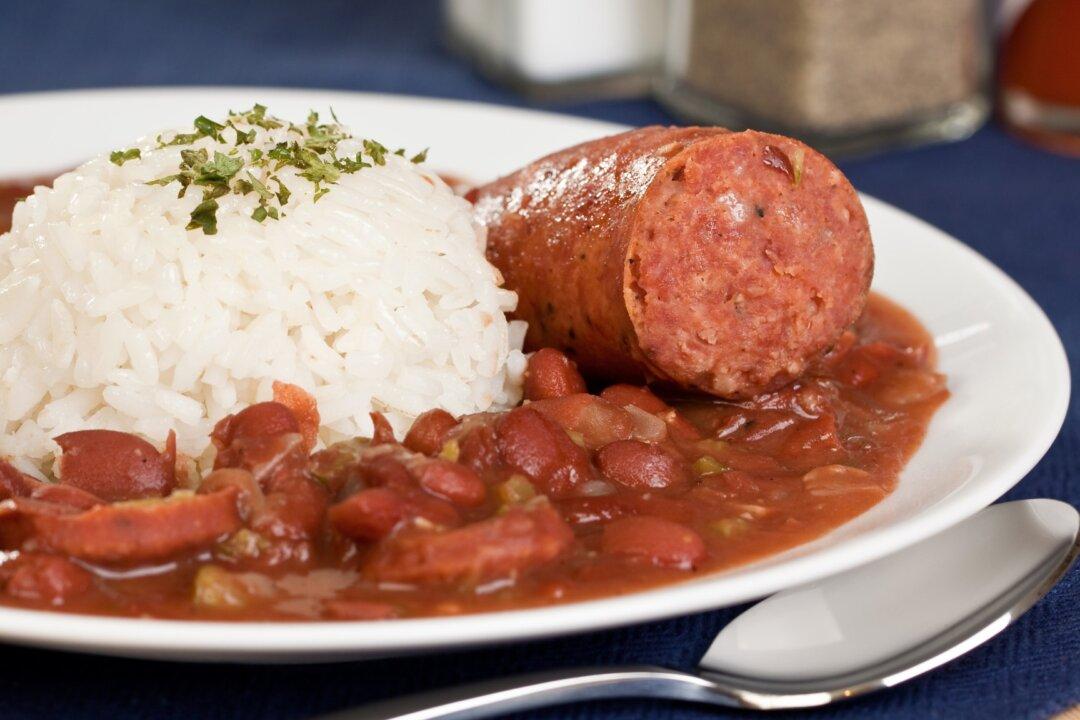One of the many pleasures of visiting Spain is sipping a chilled glass of dry sherry while nibbling on tapas, the little bar dishes served throughout the country in the late afternoon. Meeting for tapas is the essence of Spanish social culture and a way to tide oneself over before dinner, which is usually a late-night affair.
Sherry is an aged, fortified wine made exclusively in D.O. Jerez-Xérès-Sherry, a wine region in southern Andalusia, Spain. The region, also called the Sherry Triangle, is bordered by three cities: Sanlúcar de Barrameda, Jerez de la Frontera, and Puerto de Santa Maria.





